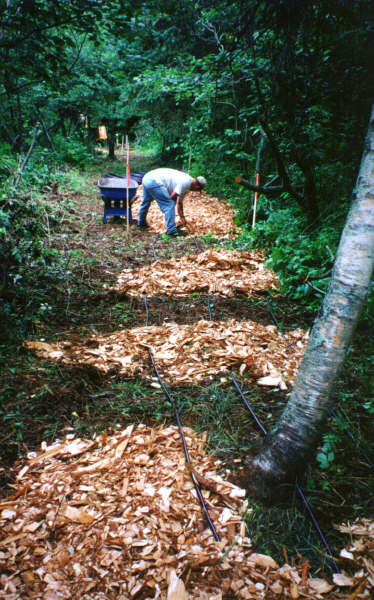
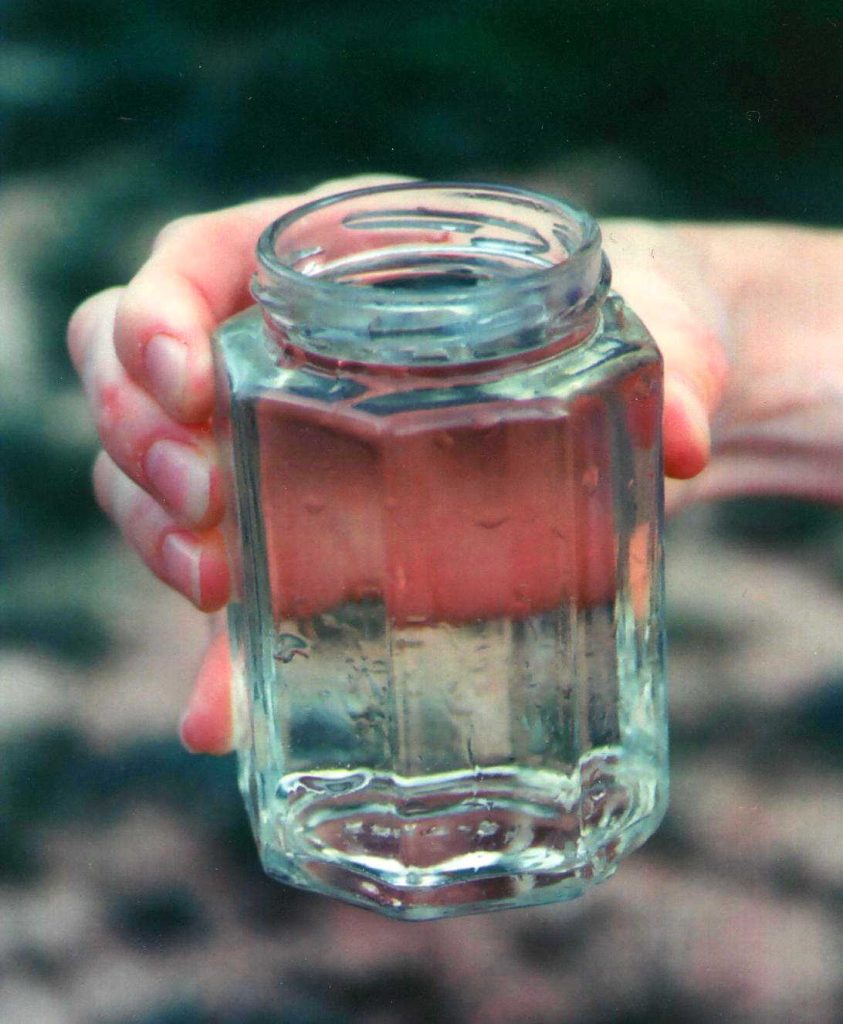
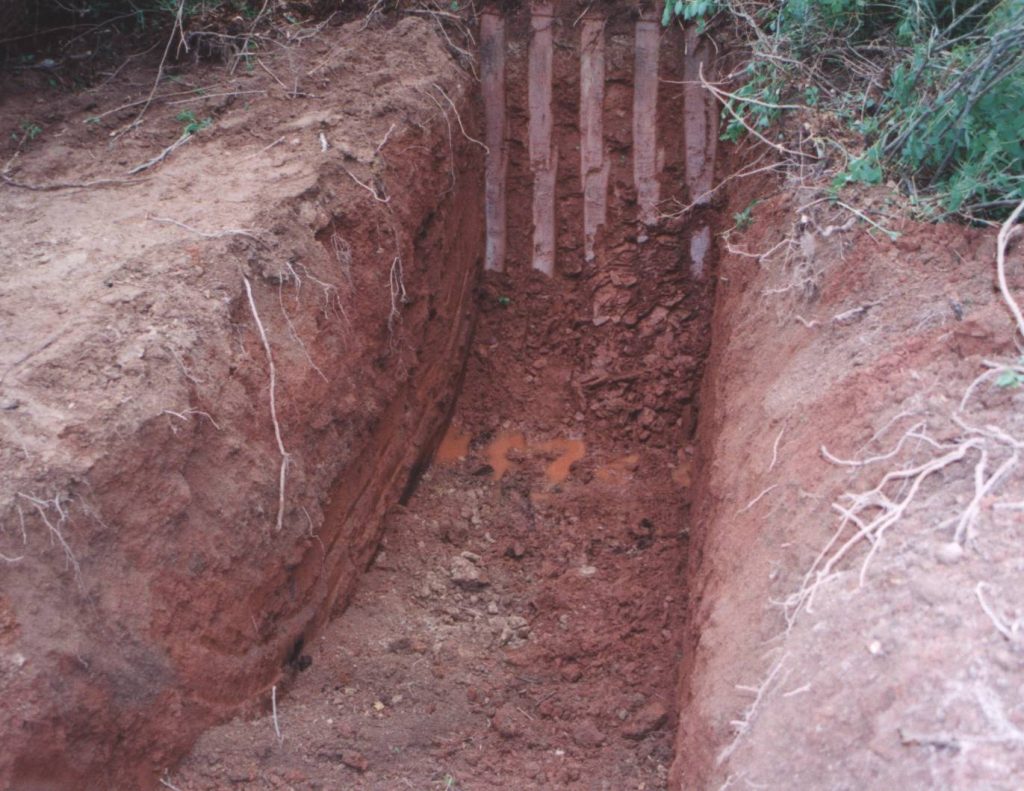
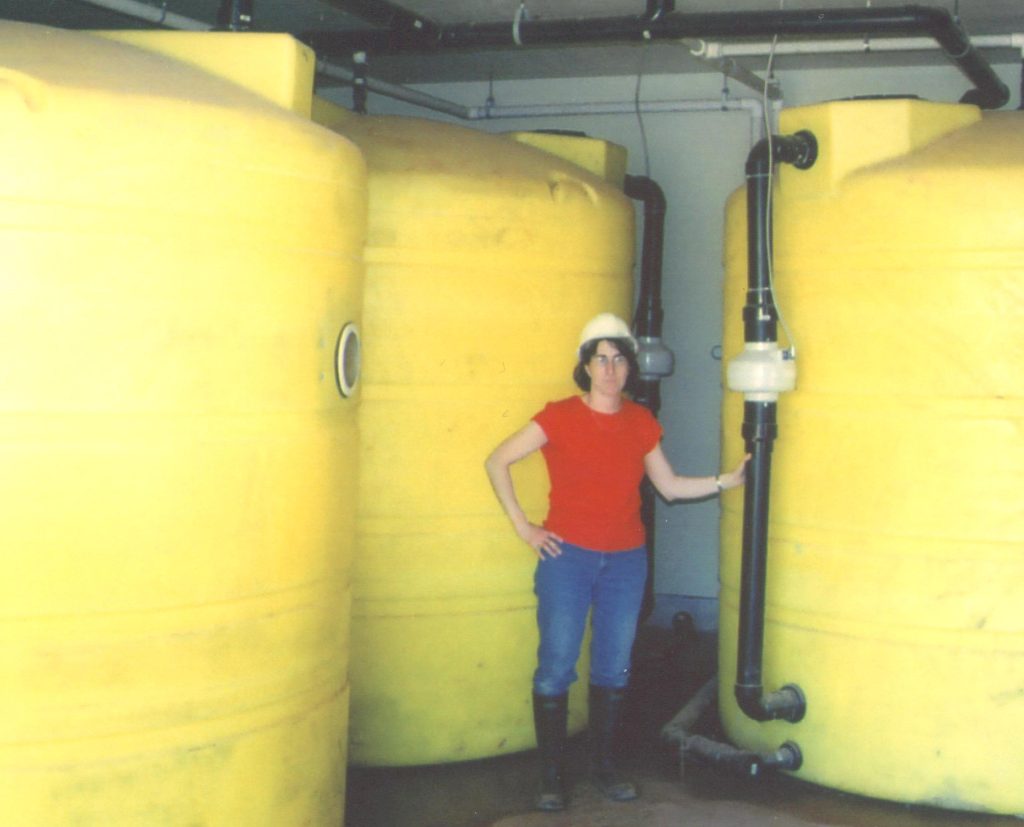
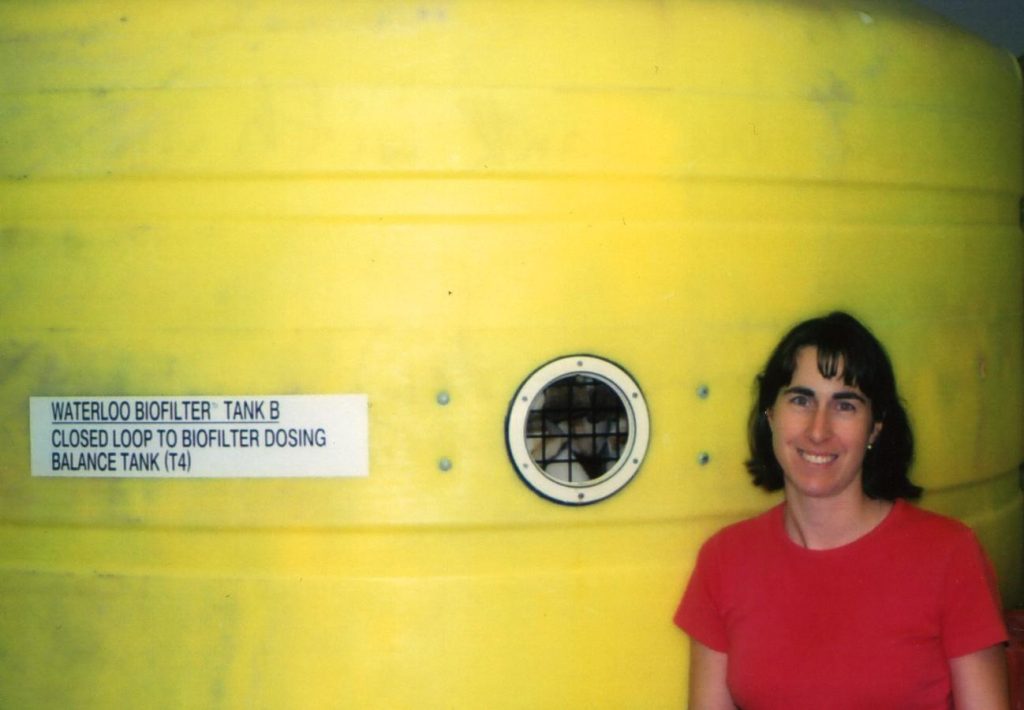
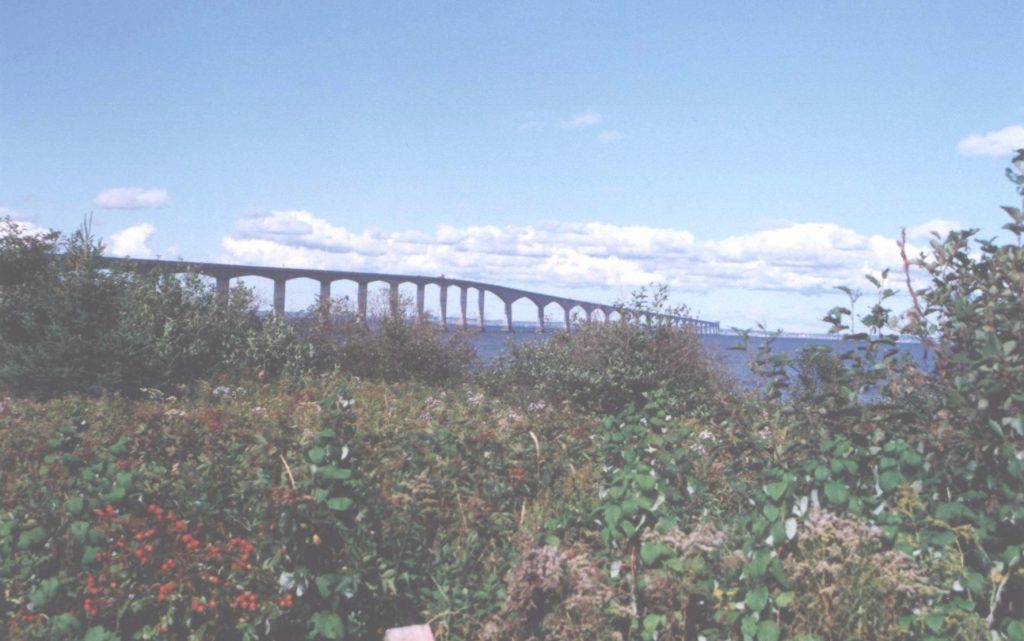
A new Provincial Visitor Information Centre, an Interpretive Centre and a Restaurant have been constructed at the 675 hectare Cape Jourimain National Wildlife Area in New Brunswick. The site is open to the roughly 1.5 million people who travel to Prince Edward Island via the Confederation Bridge each year. Sand dunes, saltwater marshes, beaches and forested uplands are part of this diverse and beautiful ecosystem which is on a major migratory flight path for hundreds of bird species.
Site Challenges
Unfortunately, the site is also characterized by a flat topography, dense clayey, glacial till soils, and a high groundwater table. Conventional onsite sewage system approaches would have required either large scale tree clearing or a direct discharge; neither of which were suitable options for the client. Engineering Technologies Canada Ltd. (ETC) was assigned the challenge of designing and implementing an acceptable waste management strategy to protect this ecologically sensitive site.
Waste Management Solution
To significantly reduce the volume of sewage water to be managed, the Clivus Multrum™ composting system was selected to naturally treat all black toilet wastes. The high-strength, concentrated wastewater from the kitchen of the full service restaurant is treated to advanced secondary levels using the Canadian, Waterloo Biofilter® sewage treatment system. The Biofilter is a recirculating trickle filter that uses highly absorbent, plastic foam to treat wastewater. This was the first commercial Waterloo Biofilter installation in Atlantic Canada.
After much research into effluent dispersal options, ETC designed an innovative subsurface drip irrigation, pressurized, at-grade, wood chip (SDI-PAW) system to disperse the crystal clear effluent into a treed area. Polyethylene drip tubing was laid down on the ground surface and covered with a thick layer of coarse, cedar wood chips. Apart from minor removal of low brush, no clearing or cutting of mature trees was required to accommodate the effluent dispersal system. The flexible SDI-PAW drip lines were designed to wind around and in between the trees which are valued for the considerable amount of effluent water they can take up through transpiration.
Unique Testing Approach Eases Regulatory Approval
To facilitate regulatory approval of the unique effluent dispersal system, ETC designed and carried out a state of-the-art, full scale hydrogeologic loading test to evaluate the capacity of the site to accept the treated effluent. An on-site potable well was used to dose the full size SDI-PAW system with increasing volumes of fresh water over a period of two months. The full scale test successfully demonstrated the ability of the site to assimilate the projected design flow. The innovative testing program proved to be a highly effective tool to address the concerns of regulators and resulted in the timely receipt of the approvals and permits necessary for the project to proceed on schedule.
Since the site opened, effluent quality, ease of operation and general performance of the system have surpassed expectations. Tourists from all over North America have requested tours of the innovative and environmentally responsible waste management systems.
